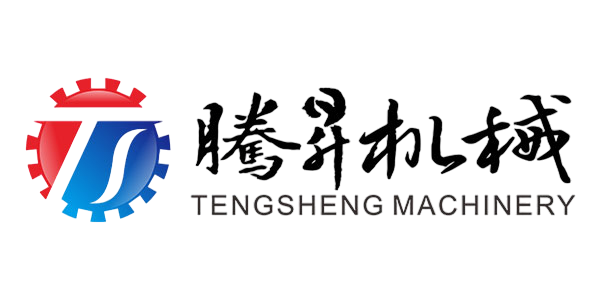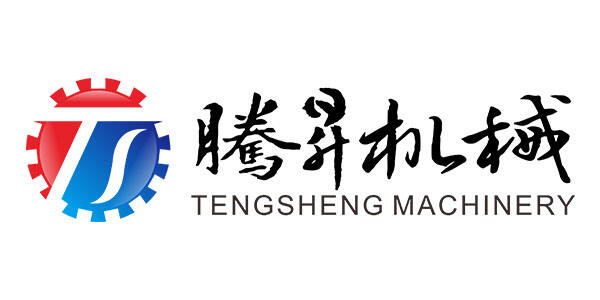Getting those clean, even cuts in meat and bone really depends on having good precision blades, something that makes all the difference in product quality when slicing things up. Most manufacturers go with stainless steel for their blades because it lasts longer and doesn't rust easily, which matters a lot in food processing environments. Stainless steel holds up well whether they're making thin slices of ham or tackling tougher cuts through bones. Blade design actually plays a big role too. A well-designed blade can cut faster without sacrificing accuracy, something plant managers care about when running large scale meat processing operations day after day. When everything lines up right with these precision tools, operators find it much simpler to keep slice thickness consistent across batches, meaning better yield rates and fewer scraps going into the trash bin at the end of the day.
Commercial meat processing plants really depend on fast operations if they want to hit those tough productivity targets. These days, most industrial meat processing equipment can slice through hundreds of pounds an hour, so big operations just cant function without them. The reason behind this efficiency? Automation takes over much of the slicing work, cutting down on manual labor requirements and slashing chances for mistakes. Meat slicers that run automatically do more than just save time too they produce consistently cut products, something that matters a lot when commercial meat cutter companies set their quality standards. For businesses looking to scale up production without sacrificing efficiency, investing in high speed processing tech makes all the difference in meeting customer demands and keeping costs under control.
Machinery built for commercial butcher shops needs to handle constant stress from daily operations where cuts happen nonstop throughout shifts. Most units come with heavy gauge steel frames and thick protective casings because they get put through so much abuse day after day. Without regular upkeep including oil changes and checking for loose parts, these machines won't last nearly as long or work as efficiently when it matters most during busy processing times. Butcher shop owners know all too well how expensive downtime can be, which is why investing in durable gear makes business sense even though initial costs might seem steep. Steel reinforcement isn't just marketing fluff either many operators have seen firsthand how cheaper alternatives simply cant stand up to the relentless grinding and slicing that goes on inside a working meat plant.
When it comes to cutting bone-in meats, these specialized machines really shine at reducing waste while getting through those big cuts faster. What sets them apart is the strong motor inside, which means they can tackle tough stuff like bones without breaking down over time. That's why most large scale meat processors rely on them, especially places dealing with lots of pork or beef daily. Different models actually come with all sorts of tweaks depending on what kind of meat they'll be working on, so operators know they'll get consistent results even under pressure. The range available gives plant managers options too. They can pick something that fits exactly what their line needs, which ultimately boosts production numbers and keeps the quality standards up across the board in meat processing plants everywhere.
Industrial meat shredders do a lot more than just cut meat up they actually make the whole processing operation run smoother. These machines are essential for creating things like ground beef, turning big chunks into whatever consistency is needed for different products. What makes them really valuable though is their ability to mix in seasonings and other additives right during the grinding process. This means processors can produce all sorts of different meat products from basic hamburger patties to specialty sausages. Meat plants that handle large volumes simply cant operate efficiently without these machines since they boost output while maintaining consistent quality standards across batches.
Bulk meat processing systems that use automation help cut down on labor expenses while making sure products come out consistently every time. Modern setups combine all sorts of tech stuff like sensors and special software to keep track of what's happening during processing, which helps maintain good quality throughout. These machines handle several tasks at once too - think slicing meat into uniform pieces, grinding it down properly, then packaging everything up ready for sale. The way these different components work together means plants can crank out more product without sacrificing quality standards when demand spikes. Meat processors who invest in this kind of automation generally find they save money long term because their operations run smoother day after day.
Sticking to OSHA standards matters a lot when running heavy machinery in meat plants. The rules cover everything from making sure machines are safe to operate, proper training for workers, and following certain procedures during daily operations. All this helps cut down on accidents at work. Getting to know what OSHA requires isn't just about avoiding fines either. Meat processing plants that take safety seriously tend to have better overall performance too. Workers feel safer, productivity stays high, and management avoids those costly OSHA citations that can really hurt business reputation and bottom line.
Having CE and ISO certifications shows that meat processing equipment meets those important international safety and quality requirements. For companies looking to sell abroad, these certs are basically non-negotiable. They also help build confidence among local customers who want assurance their food comes from reliable sources. Most manufacturers know they'll need to show these documents when inspectors come knocking or during routine audits. Global regulators pretty much require them now across many countries, so getting certified isn't just good practice anymore it's becoming standard business procedure worldwide.
Meat slicer machines come with age limits because younger workers just aren't ready for the risks involved in commercial kitchen settings. Most places require someone to be 18 or older before they can handle these machines, following standard labor laws across the industry. When people reach that minimum age, they still need proper instruction on how everything works before getting behind the controls. Training isn't optional here since mistakes while slicing can lead to serious injuries from those powerful blades. These rules exist not just because of paperwork but because actual accidents happen when inexperienced hands operate dangerous equipment.
When it comes to commercial meat cutters, certain brands just keep coming up again and again because people trust them for good reason. Names like Hobart, Fleischereimaschinen, and Provisur are pretty much household words among butchers and food processors everywhere. What sets these manufacturers apart is how seriously they take developing new slicing technologies. They spend tons of time and money figuring out better ways to slice meats efficiently while maintaining safety standards. Some folks say these companies actually set the bar higher than what's required by regulations. The result? Equipment that works great day after day without breaking down, which matters a lot when someone needs to process hundreds of pounds of meat before closing time.
Food producers across the industry often turn to Provisur's Formax technology when they need precise and efficient meat slicing solutions. What sets this system apart is how it brings together automated processes with real-time digital monitoring, which helps boost both output and efficiency on meat processing lines. Meat processors report noticeable improvements in their yield rates while cutting down on waste thanks to the fast yet accurate operation of these machines. Safety remains a top concern in food production, and Formax addresses this through built-in features designed specifically for maintaining hygiene standards throughout the slicing process. These innovations show why many manufacturers continue to invest in upgrading their facilities with this evolving technology that meets modern food safety requirements head on.
Tengsheng has really transformed meat processing thanks to their fully integrated automation systems which dramatically increase how much product moves through the facility each day. The machinery handles all sorts of processing steps without any hiccups from one stage to the next, keeping output consistently good across batches. Meat processors dealing with massive volumes tend to gravitate toward these systems because they just work so reliably day after day. Plants wanting to get more out of their meat production find that Tengsheng's range of automated options cuts down on wasted time between tasks while actually getting more done overall. Many facilities report seeing noticeable improvements within weeks of installation.
Sharp blades on meat slicers make all the difference when it comes to getting good slices and quality cuts consistently. When blades stay properly maintained, they cut through everything from tough meats to bones without issue. For anyone running a commercial kitchen or food processing operation, regular sharpening is worth the time investment. Techniques like honing between full sharpenings work wonders, and sometimes sending blades out for professional sharpening just makes sense for busy operations. Don't forget about routine maintenance either. A quick check every few months keeps blades performing at peak levels and avoids those frustrating mid-shift breakdowns. The payoff? Less downtime, better product quality, and ultimately happier customers who notice the difference in their meals.
Keeping food safe during meat processing means sticking to strict cleaning rules without exception. After each time equipment gets used, everything from knives to surfaces needs proper washing to stop bacteria buildup. Meat processors should train their workers regularly on how to clean properly because most contamination issues come down to human error. Good training makes sure everyone knows where germs hide and how to get rid of them. When facilities establish daily cleaning routines, they create environments where meat stays fresh longer and customers stay healthy. The extra effort pays off in both regulatory compliance and consumer trust.
To get more years out of meat slicing machines, regular maintenance just has to happen. Checking things over routinely and fixing problems before they become big issues stops breakdowns that usually come from not taking care of the equipment. When operators stick to what the machine was made for and follow those manual instructions from the manufacturer, the wear and tear doesn't happen so fast. Good quality blades might cost more upfront but save money down the road since they break less often and last longer through all those slices. Meat processors who keep their maintenance schedule up to date find their machines run smoother day after day, especially important during busy periods when downtime means lost revenue.


Copyright © 2024 Zhaoqing Tengsheng Machinery Co., Ltd all rights reserved - Privacy policy